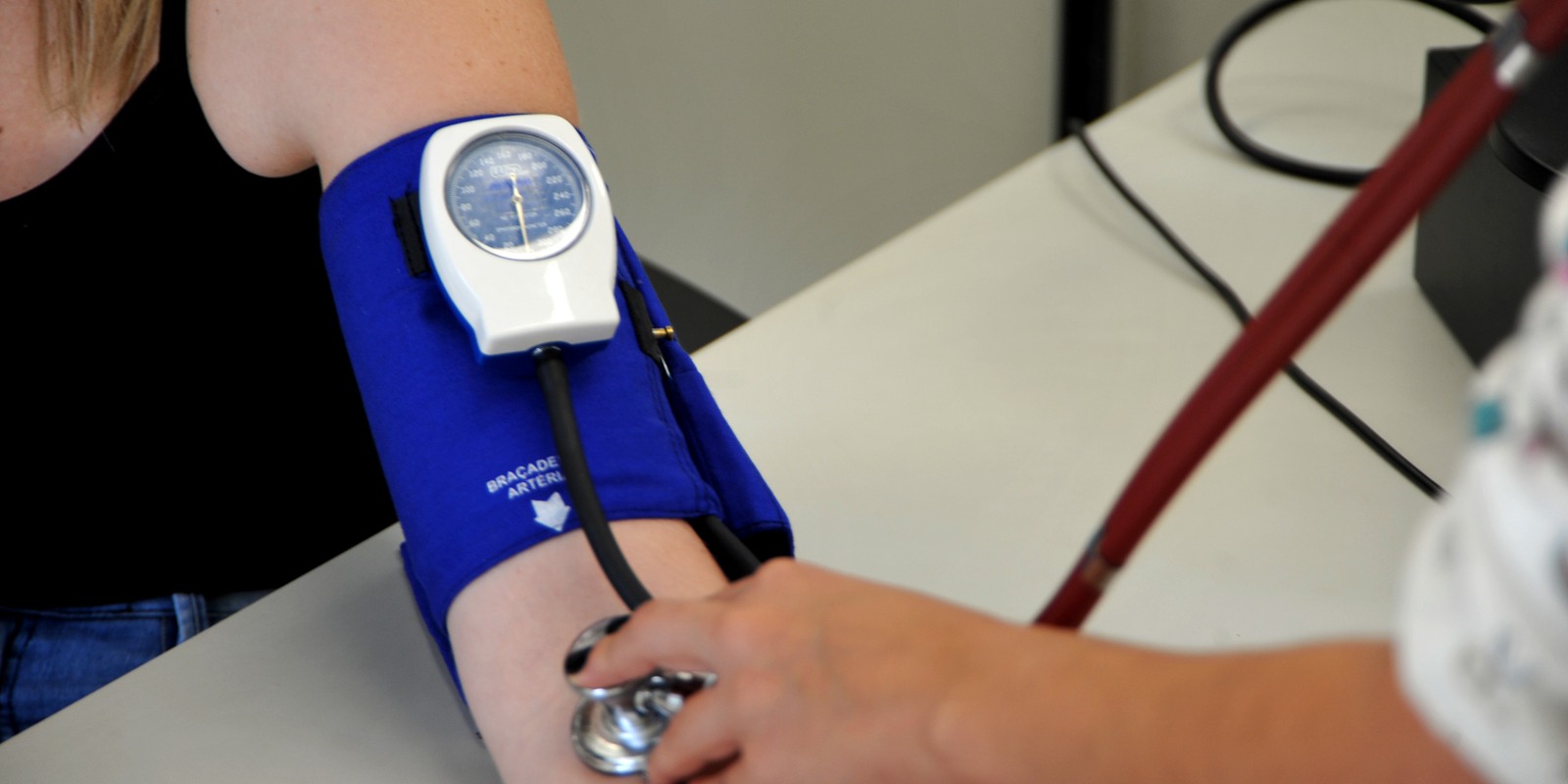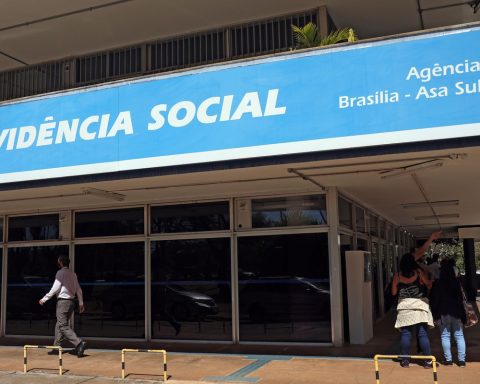Concern about the disease does not necessarily mean taking care to prevent it, at least when it comes to heart disease. On this World Heart Day, research The Heart of Paulistanoreleased this Sunday (29) by the research and data intelligence company Nexus, reveals that diseases of the main organ of the cardiovascular system are in second place among São Paulo residents’ biggest concerns, behind only cancer and diabetes.
The survey showed that heart disease is one of the concerns of São Paulo residents, in the range of 15% of the reports. Cancer leads with 56% and diabetes came in third place, with 12%.
However, the survey also revealed that 46% of respondents never went to the cardiologist for preventive exams. In the group of those who do not undergo heart assessments, young people between 16 and 24 years old have the highest rate, at 68%. They are followed by 56% among those aged 25 to 48.
Income levels also impact absenteeism when it comes to heart care. In the range of up to one minimum wage, 56% never went to a specialist doctor. Among those who earn one to two minimum wages, there are 51%, and 48% of those who earn two to five minimum wages.
As for those interviewed who had already consulted a specialist, 53% of them had consulted in the last 12 months, 23% between one and two years, 9% between two and three years and 14% answered three years or more. Furthermore, one in every 10 residents of the capital of São Paulo takes heart medication with some frequency.
A case that exemplifies the research is that of retired José Carlos Mazzali, aged 74. He suffered two heart attacks. The first in June 2019 and the second six months later, in January 2020.
Before the scares, the retiree had never consulted a cardiologist. “I hadn’t had any problems with my heart before,” he said. Today, he undergoes periodic treatment at the Heart Institute (Incor). Every month you take a PT test (prothombine time), which measures blood thickness. And every six months, a regular consultation with the cardiologist, followed by a series of tests.
For cardiologist Fernanda Weiler, from Hospital Sírio Libanês, in Brasília, “despite the knowledge that cardiovascular diseases are the main cause of mortality in Brazil and the world, regular visits to the cardiologist are not as frequent as they should be”.
“This is mainly because these diseases are mostly silent until the outcome of a heart attack or stroke occurs. [acidente vascular encefálico]”, he explains.
“Furthermore, we must consider the population’s lack of time and the fear of receiving a serious diagnosis when consulting,” Fernanda added.
The cardiologist’s recommendation is that regular consultations begin from the age of 40 or earlier, if there is a history of sudden early death in the family, cholesterol problems or high blood pressure.
The research was carried out with 2,030 residents of the city of São Paulo, aged 16 and over, between the 9th and 11th of September. The confidence level of the survey is 95%.


















